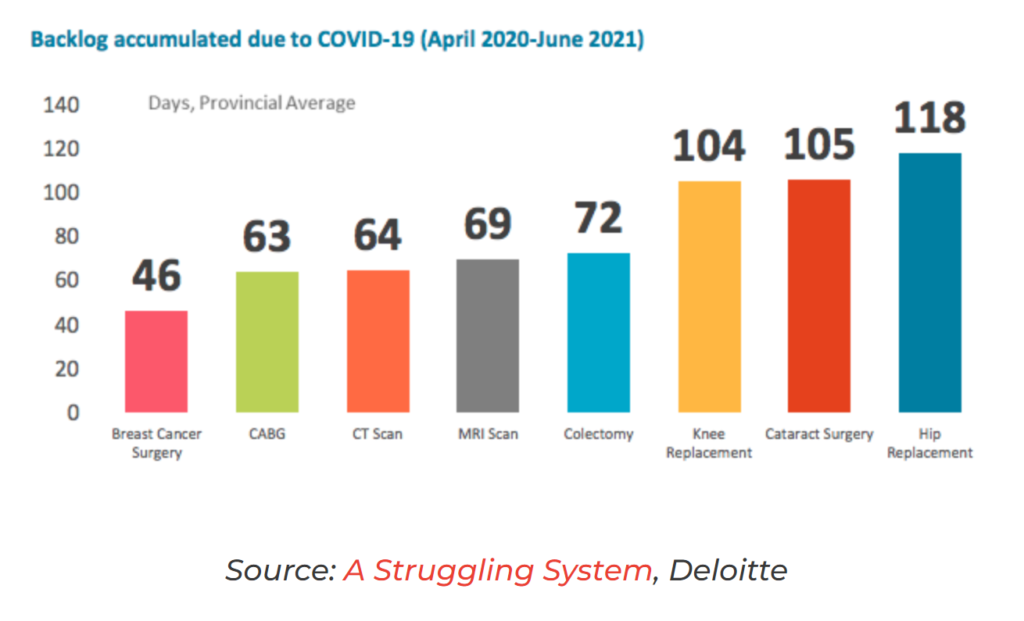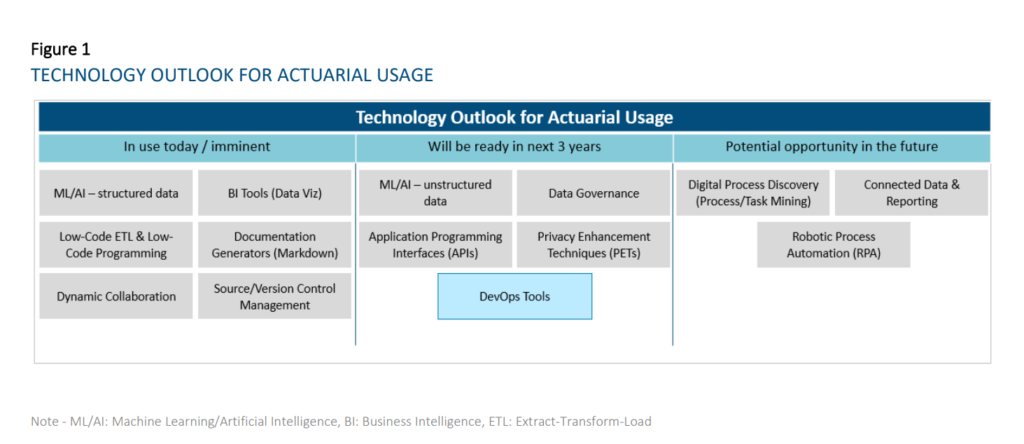Link: https://fee.org/articles/report-thousands-of-canadians-died-due-to-delayed-care-during-covid-19/
Graphic:

Excerpt:
A new report commissioned by the Canadian Medical Association (CMA) looks at the broader health impacts of COVID-19 in Canada. The November report, called A Struggling System, explores a range of growing problems, from mental health issues to substance abuse and deteriorating social determinants of health. Sadly, the report also confirms a fact that many have suspected since the beginning: that delays in care have led to thousands of preventable deaths.
“Although it is not surprising that more Canadians died in 2020 than in a typical year,” the authors write, “the number of excess deaths was greater than can be explained by COVID-19 alone. While there may be several drivers of these excess deaths, delayed or missed care due to shutdowns of services and lack of sufficient capacity in overburdened health systems may be a contributing factor.”
After analyzing the data, the authors estimated that delayed and missed health care contributed to more than 4,000 excess deaths not related to COVID-19 between August and December 2020. Needless to say, the total number of preventable deaths over the pandemic to date is likely much higher.
Author(s): Patrick Carroll
Publication Date: 8 Dec 2021
Publication Site: FEE

